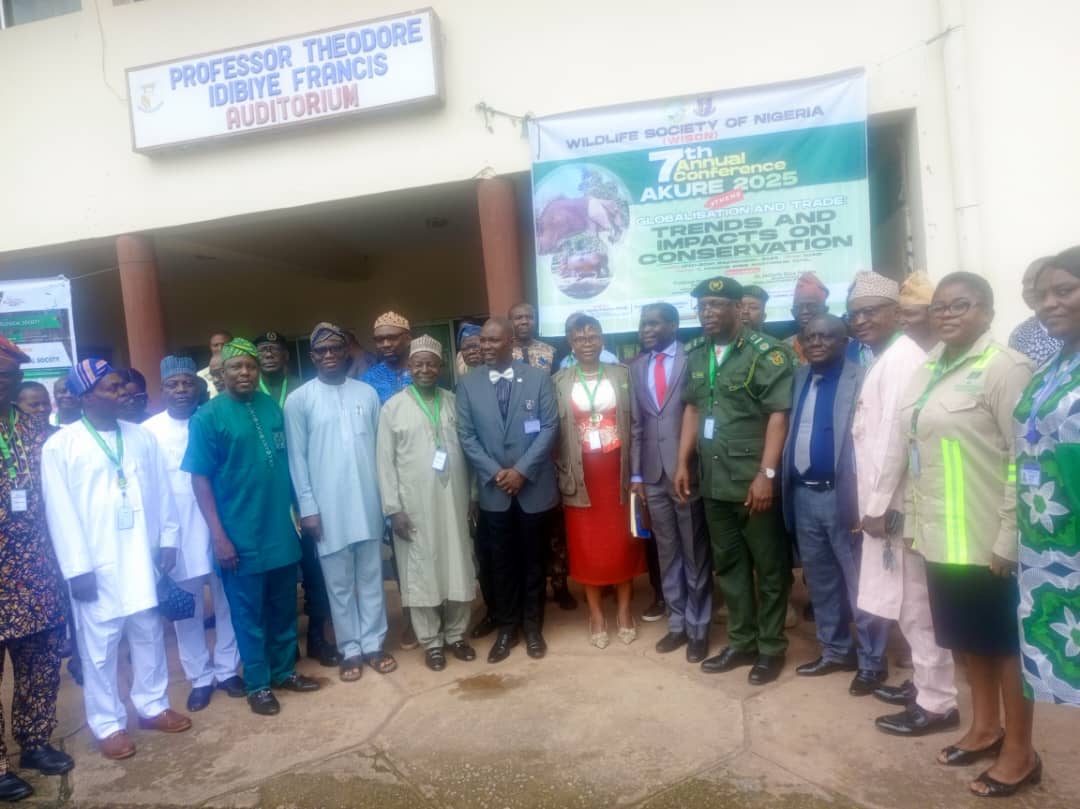By Ayobamiji Komolafe,Babatope Okeowo
Copyright newtelegraphng

The Vice-Chancellor of the Federal University of Technology, Akure (FUTA), Prof. Adenike Oladiji, has raised alarm over the escalating threat of wildlife trade to Nigeria’s biodiversity, calling for urgent conservation measures from the Federal Government.
Speaking on the theme “Globalisation and Wildlife Trade: Trends and Impacts on Conservation” at the seventh annual conference of the Wildlife Society of Nigeria (WISON), held on Thursday at FUTA, Oladiji stressed that the global wildlife trade—valued at about $1.8 billion in direct exports—poses a serious danger to biodiversity.
Represented by the Deputy Vice-Chancellor (Academic), Prof. Timothy Amos, the VC noted that broader economic analyses place the global impact of wildlife exploitation between $4 billion and $20 billion annually, a figure she described as “staggering with profound implications.”
She lamented the growing conflict between the push for revenue generation from wildlife trade and the urgent need to conserve natural habitats and animal populations, warning that over-exploitation remains one of the greatest hazards confronting conservation efforts worldwide.
“The unchecked exploitation of wildlife could imperil the survival of entire ecosystems,” she warned, stressing the need for coordinated and science-driven policies to safeguard biodiversity.
Prof. Oladiji lauded the choice of conference theme, describing it as a timely forum to balance economic realities with environmental stewardship. She expressed optimism that the deliberations would inspire practical strategies and policies to protect Nigeria’s natural heritage for future generations.
In his welcome address, the Chairman of the Local Organising Committee, Prof. Anthony Adekunle Ogunjinmi, urged participants drawn from across the country to engage actively in discussions, ask probing questions, and build collaborative networks that would drive innovation in wildlife conservation and management.



